Choosing the right running shoes is essential for every runner, whether you're a seasoned marathoner or just starting out. The perfect pair can enhance your performance, prevent injuries, and make your runs more enjoyable. In this guide, we'll walk you through the step-by-step process of finding running shoes that fit your unique needs.
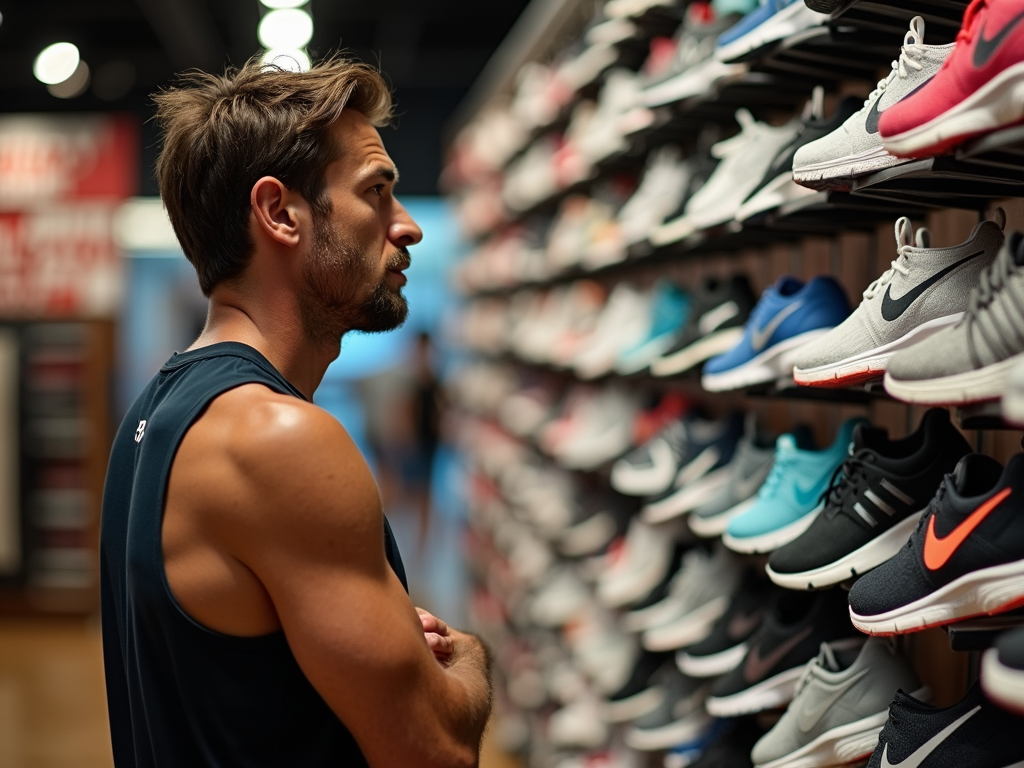
I remember my first attempt at buying running shoes. I walked into a store, picked a pair that looked cool, and ended up with blisters after my first run. It was a painful lesson that taught me the importance of choosing the right shoes. Since then, I've learned that finding the perfect running shoes involves understanding your foot type, running style, and the type of running you'll be doing.
Step 1: Determine Your Foot Type
Your foot type plays a crucial role in selecting the right running shoes. There are three main foot types: flat feet, neutral, and high arches. Each requires different levels of support and cushioning.
- Flat Feet: If you have flat feet, your arches collapse inward when you run, which can lead to overpronation. You'll need shoes with good arch support and stability features.
- Neutral: A neutral foot type means your arches are neither too high nor too low, and you likely have a balanced stride. Look for shoes with moderate cushioning and support.
- High Arches: High arches can lead to underpronation, where your feet don't roll inward enough. Shoes with extra cushioning can help absorb shock.
To determine your foot type, you can do the "wet test." Wet your feet and step onto a piece of paper. The imprint will show your arch type. Alternatively, check the wear pattern on your old shoes. If the inside edge is worn, you might have flat feet; if the outside edge is worn, you might have high arches.
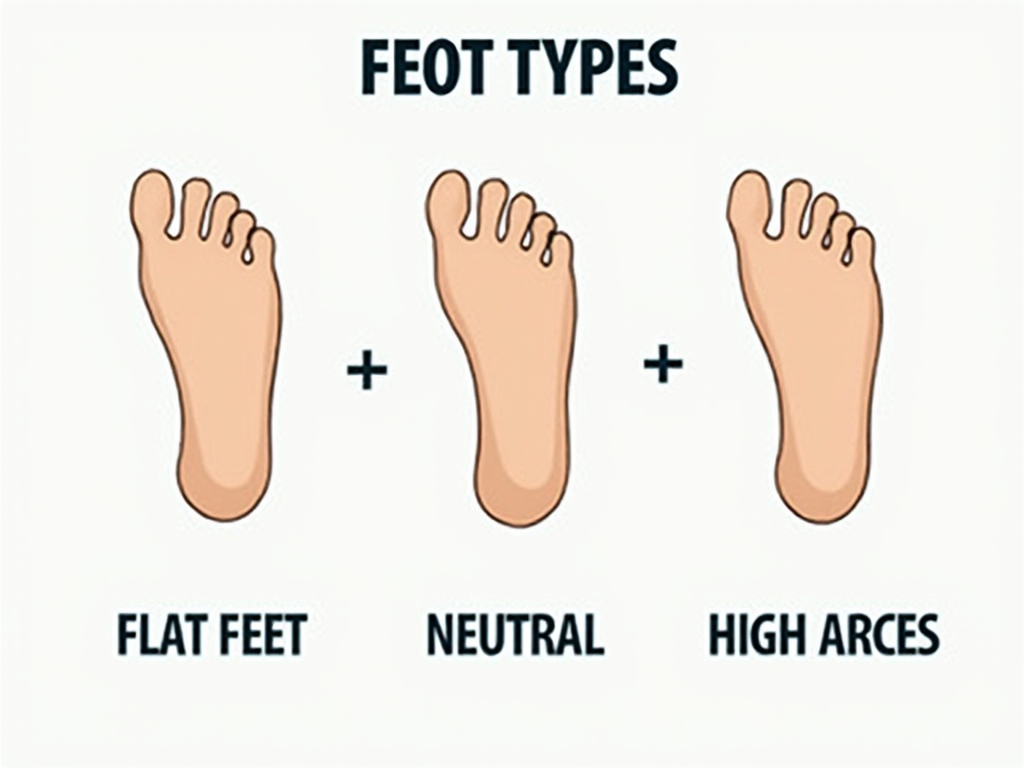
Personally, I have neutral feet, which I discovered after years of trial and error. Knowing this has helped me choose shoes that provide the right balance of cushioning and support.
Step 2: Understand Your Running Style
Your running style, or gait, is how your foot strikes the ground. The three common running styles are heel striking, midfoot striking, and forefoot striking.
- Heel Striking: Landing on your heel first. This is common among runners and often requires shoes with extra heel cushioning.
- Midfoot Striking: Landing on the middle of your foot. This style benefits from balanced cushioning throughout the shoe.
- Forefoot Striking: Landing on the ball of your foot. This style is less common and may require shoes with more forefoot cushioning.
To determine your running style, you can record yourself running or ask a friend to observe your foot strike. You can also check the wear pattern on your shoes: heel strikers will see more wear on the heel, while forefoot strikers will have more wear on the front.
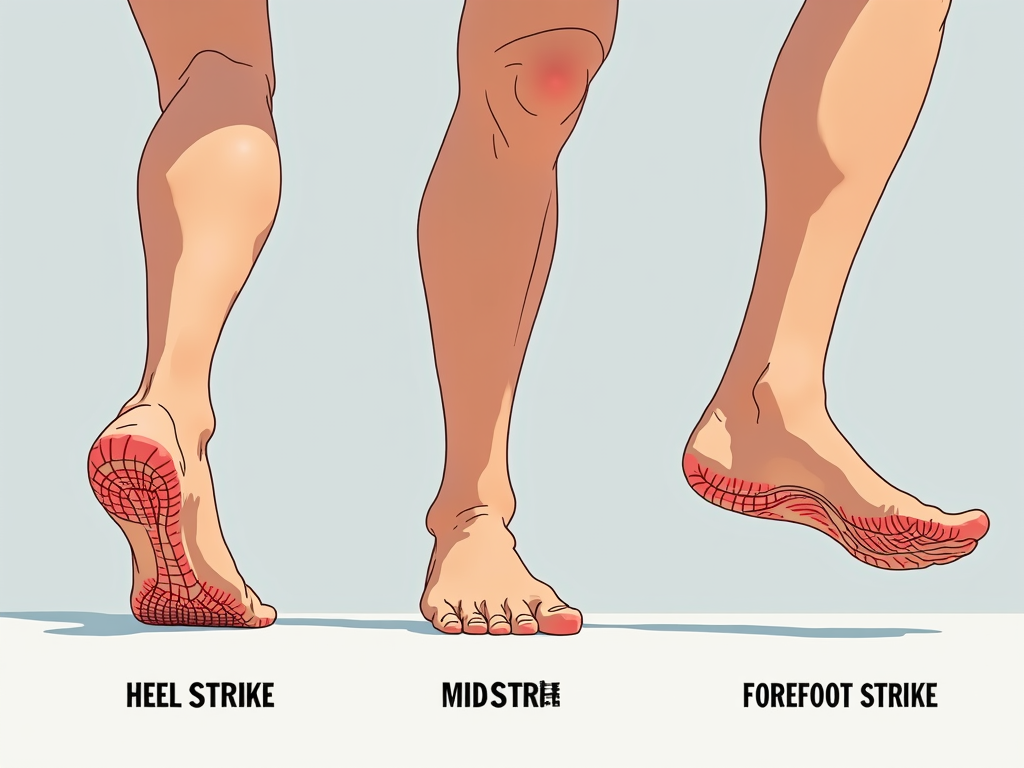
I used to be a heel striker, but after working on my form, I transitioned to a midfoot strike. This change not only improved my efficiency but also influenced the type of shoes I choose.
Step 3: Consider the Type of Running You'll Be Doing
The type of running you do—whether it's road running, trail running, or track running—affects the kind of shoes you need.
- Road Running: For paved surfaces, look for shoes with good cushioning to absorb the impact of hard surfaces.
- Trail Running: Trail shoes should have aggressive treads for grip and stability on uneven terrain.
- Track Running: If you're running on a track, you might prefer lightweight shoes or even spikes for better traction.
I started as a road runner but fell in love with trail running. The first time I hit the trails with my road shoes, I slipped and realized the importance of having the right footwear for the terrain.
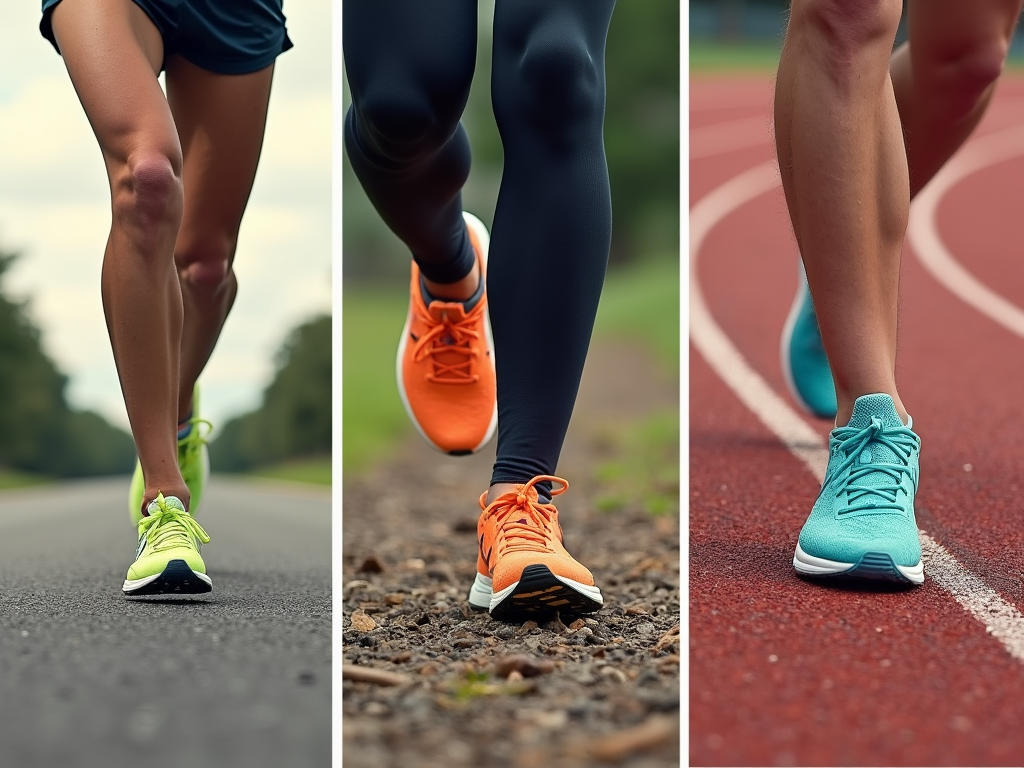
Step 4: Try On Shoes and Test Them Out
Once you've narrowed down your options based on foot type, running style, and terrain, it's time to try on some shoes. Here are some tips for getting the best fit:
- Wear Running Socks: Bring the socks you plan to run in to ensure the right fit.
- Try On in the Afternoon: Feet swell during the day, so trying on shoes later can help you get a better fit.
- Check the Toe Box: There should be about a thumb's width of space between your longest toe and the end of the shoe.
- Test Them Out: Many stores have treadmills or allow you to jog around. Take advantage of this to see how the shoes feel in action.
I once bought a pair of shoes that felt great in the store but were too tight after a few miles. Now, I always make sure to run a bit in them before purchasing.

Step 5: Consider Other Factors
Beyond the basics, there are a few more factors to consider when choosing running shoes:
- Cushioning: The amount of cushioning you need depends on your weight, running style, and personal preference. Heavier runners or those with joint issues might prefer more cushioning.
- Stability: If you overpronate, look for shoes with stability features like medial posts or guide rails.
- Weight: Lighter shoes can make you feel faster, but they might offer less support. Consider your priorities.
Here's a quick comparison of these factors:
| Factor | Description | Best For |
|---|---|---|
| Cushioning | Absorbs impact and provides comfort | Long-distance runners, heavier runners |
| Stability | Helps control overpronation | Runners with flat feet or overpronation |
| Weight | Affects speed and agility | Racers, those who prefer a minimalist feel |
For me, finding the right balance of cushioning and stability was key. I need enough cushioning for long runs but also stability to support my slight overpronation.
Additional Tips for Runners
- Replace Your Shoes Regularly: Running shoes typically last 300-500 miles. Keep track of your mileage and replace them when they start to wear out.
- Select the Right Apparel: While shoes are crucial, don't forget about your running clothes. For events like 5K races or family fun runs, choose moisture-wicking fabrics and comfortable fits. Check out our guide on 5K race gear essentials for more tips.
- Prepare for Different Events: Whether you're training for a 5K or enjoying a family fun run, having the right gear can make all the difference. Comfortable shoes and appropriate apparel will help you perform your best and enjoy the experience.
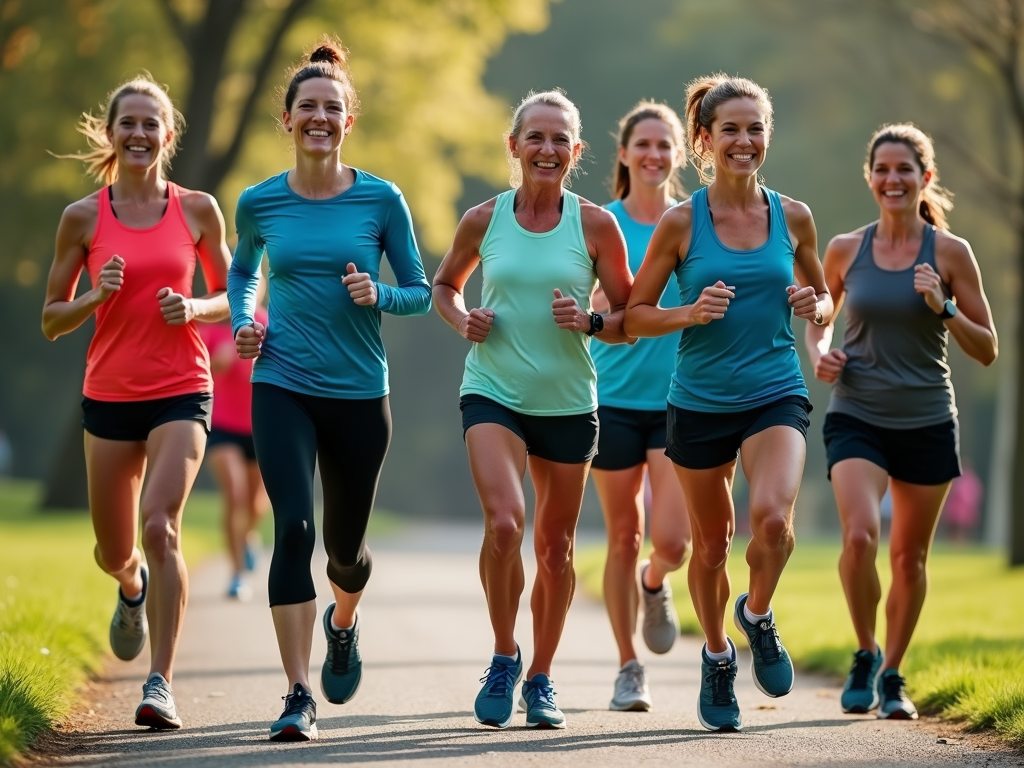
In conclusion, finding the perfect running shoes is a personal journey that requires understanding your body and your running needs. By following these steps—determining your foot type, understanding your running style, considering the type of running you'll be doing, trying on shoes properly, and considering additional factors—you'll be well on your way to finding the ideal pair. Remember, the right shoes can transform your running experience, making it more comfortable and enjoyable.
For more insights on running and gear, check out these recommended readings:
Discuss Here